Loba 2K Supra A.T. coating questions
Aglitter
3 years ago
last modified: 3 years ago
Featured Answer
Sort by:Oldest
Comments (44)
Related Discussions
Loba Supra 2K & AT combo
Comments (92)@druszky Are you certain without doubt that first layer was not some type of primer? Loba does produce a waterborne primer called WS EasyPrime that is designed to receive a topcoat layer within about 45 minutes to 2 hours of primer application. If the first layer was EasyPrime, then 30 minutes later Invisible Protect AT, then you would be OK. It's distressing to me that so many people are after the extreme matte look in coatings. First, it leads to situations like you have here where clearer coats were used first, then a matte coat used last. This retains the clarity of the coating overall but makes repairs more difficult. Also, I am not a coatings expert but have generally noticed with the amount of reading I have done this year on coatings that a higher gloss finish tends to wear better in some cases in terms of not prematurely failing. I don't know if that is because of properties that allow a greater surface resilience or what. Then, you also have the situation @SJ McCarthy mentioned, where wear along a matte topcoat can produce shiny sections. Most people selecting coatings for their homes are probably not informed by the contractors in advance about these types of issues, or perhaps more people would opt for a higher sheen....See MoreHow to get rid of bubbles in Loba 2K Supra AT?
Comments (17)@Chelsea Ivers I have only done door panels on sides of boxes, and they turned out reasonably well, but I am still having problems perfecting my finishing method. The doors and drawer fronts will be the next things I tackle. My latest issue is pock marks, otherwise known as fisheyes, that I think are appearing due to excessive humidity. I have created an enclosed painting booth that tends to trap vapor as it evaporates from the coating, and during a rainy week here where I live, I could not control the pock marks appearing in all layers of Loba 2K Supra AT even with opening a couple of windows that adjoin the booth. The WS EasyPrime did not have this issue, but again, that was the first layer, and successive coats in the 4-coat system released more humidity into the air. Other things can cause fisheyes like excessively thick coats or improper temperatures of the air and substrates, but I believe in my case it is humidity and will be trying to address this going forward with a robust dehumidifier inside the painting booth. I would be happy to personally speak to you about the process, but it would really be better if you started your own thread and posted questions there so that everyone searching for Loba application information in the future could benefit. Alternately, I just switched my settings over to allow you to be able to message me privately, but if I don't hear from you, I'll be switching that back off by the end of January 2021. You should be nervous, actually! This is a terrible coating to apply on cabinetry, and I highly encourage you to select a different finish! I'm in the middle of a project so already committed, but many times during the 16 coats I have already done with 6 to 8 hours of prep for each coat (with the exception of the hot coat of Supra 1 hour after primer) and at least half of the work left to go for a small kitchen, I have regretted ever signing up for this monumental task. If you haven't read my other thread on Loba for cabinetry and followed the links within the posts there, it would be of benefit to you: https://www.houzz.com/discussions/5927222/loba-2k-supra-a-t-coating-questions#n=26 If you haven't yet purchased your Loba products, please visit the Envirolak website and check out their clear coat finishes. Envirolak would be much more suited to a cabinetry application. Envirolak is based in Canada and is gaining a solid reputation for robust, one-part waterborne coatings, including clear coats, that are created to be brushed and rolled on. If you don't have a dealer near you, you may contact Envirolak directly, and they'll be able to work with you to get their products. This would be the next-best thing in durability to a catalyzed 2K (two-part) finish such as the Loba 2K Supra A.T. Another alternative would be General Finishes. They do some beautiful one-part waterborne clear coats that are probably not as resilient as Envirolak's but are easy to apply with brush and roller, and many people who have posted in the Houzz forum have used General Finishes to satisfactorily coat their cabinetry projects. Here is one thread with more information about that: https://www.houzz.com/discussions/5633128/most-natural-matte-satin-finish-white-oak-cabinets#n=33 One of the first problems you will encounter with Loba 2K Supra A.T., or indeed any of Loba's 2K coatings, is that they begin to set up at lightning speed. You must lay the coating down and walk off and leave it within no more than 10 minutes per piece, and really more like 3 minutes per each section of each piece. The learning curve is steep, and I'm still having problems getting my coating to lay down without brush marks as the quick drying occurs. Another problem you will encounter with Loba's products is that they are formulated with no vertical hang properties. All the leveling properties are horizontally self-leveling. So, any time you have something other than a perfectly flat surface, the Loba coating will drip, run, or puddle. I have created a complex system of taping off low-lying areas, then wiping the puddles with a microfiber cloth, then removing the tape with care not to drip onto finished sections, then painting the previously taped areas, then sponging off more puddles, then wiping out more puddles with craft swabs. This all happens within seconds as I move quickly with no wasted motion as the coating is already flash drying in surrounding areas. The process is difficult, stressful, and not entirely successful as I have many surface blemishes throughout the project thus far. I have had to coat each plane separately using several rounds of Frog Tape with plastic draping to mask off non-working sides. Please, if you have any other options, go with the other options. The best thing would be to order prefinished cabinetry or to have a professional spray the project with Milesi or Renner. You may learn more about professional spraying options at this group: https://www.facebook.com/groups/diycabinetrefinishing The Loba 2K Supra A.T. with a 4-coat system including WS EasyPrime primer as the first coat is basically impervious. You'll never be able to refinish your cabinetry pieces unless they are flat surfaces that can be mechanically sanded. It's that tough. You may even have a hard time hand sanding between layers prior to full cure due to the incredible resilience. It's like dipping everything in plastic. The finish is beautiful, but I think in most cases that the durability is overkill for cabinetry. Loba's 2K products are designed to last 20 years on a flooring surface that you walk on during those decades. The Envirolak or General Finishes one-part waterborne products should give you plenty of years of wear without the headache of dealing with 2K application concerns. I hope this is helpful to you. If you would like to start a new thread with your own project and photos, please be sure to link it back here so we can follow and comment on your new thread....See MoreLoba 2K Supra AT for Tasmanian Oak
Comments (18)Thanks very much for that G&S Floor Service, I’ve had a look at the product range on the official website and we don’t seem to have Nordicseal/Naturaseal as well as Bona Craft oil. I’ve attached a screenshot of the product range and Prim Intense for reference. I had the site inspection done this morning and he tells me that regardless of methods dark water damage marks can’t be removed or toned down much - he tells me bleaching causes problems down the track. 3 options were given to me: Bona White (1-2 coats) and then 1-2 coats of Bona Traffic (HD) - he seems more comfortable working with non-HD product as HD dries too fast he says. If 2 coats of Bona White are applied then only 1 coat of BT (HD). He tells me there is not much difference between HD and non-HD in terms of durability. Staining with non-Bona products as Bona staining products are not very good and then finished with BT (HD). He also doesn’t recommend going with this method as it takes much longer (1 full day working solo) - his boss tells me that for intensity of white effect Drifast stain and Prime Intense are not as good as 2 coats of Bona White. The guy who came out tells me Bona White can be applied by a roller and would be easier. Natural wood colour - by sanding and finish with 3 coats of BT or BT HD. I get the impression that they would want to do the job in an easier way since these guys work solo. They tell me that they’d take 1-1.5 weeks for 145sqm floor size....See MoreLoba 2K Invisible or Supra AT with whitener?
Comments (1)It all depends on the final look and feel you want to achieve. The more intense white you want, use sealers and whiteners. Don't forget about the feel of the finish. If, you are use to a smooth floor Invisible ore matte sheen may not work for you. These sheens give you a more natural wood feel. Loba invisble would be the least intense white and Bona drifast white with a coat of Nordicseal would be most intense. It's clear that your contractor is more comfortable with the Loba system compared to the Bona system. It takes a while to figure out the Bona system even though you're certfied. Those sand and finish schools are just a crash course in my opinion. There are more variables to deal with on jobsites. Everything you learn at the S&F schools are basic fundamentals. You still need to make the necessarry tweaks and adjustments on the field to make the application successfull. Sometimes re-invent the entire process....See MoreAglitter
3 years agolast modified: 3 years agoAglitter
3 years agolast modified: 3 years agoAglitter
3 years agolast modified: 3 years agoAglitter
3 years agodani_m08
3 years agoAglitter
3 years agolast modified: 3 years agoAglitter
3 years agolast modified: 3 years agoAglitter
3 years agolast modified: 3 years agoAglitter
3 years agolast modified: 3 years agoLaurence
3 years agoAglitter
3 years agolast modified: 3 years agoLaurence
3 years agolast modified: 3 years agoAglitter
3 years agolast modified: 3 years agoAglitter
3 years agoAglitter
3 years agolast modified: 3 years agoAglitter
3 years agoAglitter
2 years agoHU-682208261
last yearHU-682208261
last yearAglitter
last yearlast modified: last yearHU-682208261
last yearAglitter
last yearAglitter
last yearAglitter
last yearlast modified: last yearAglitter
last yearlast modified: last yearAglitter
3 months ago
Related Stories
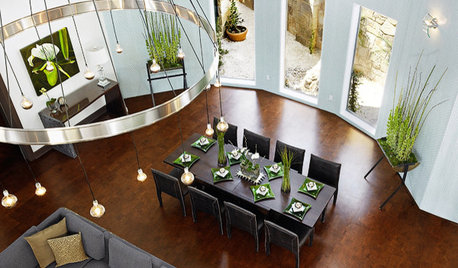
DECORATING GUIDESDiscover the Unstoppable Advantages of Cork for the Home
Look beyond wine stoppers to see cork's ecofriendliness, durability, fire resistance and antimicrobial nature for all kinds of home products
Full Story


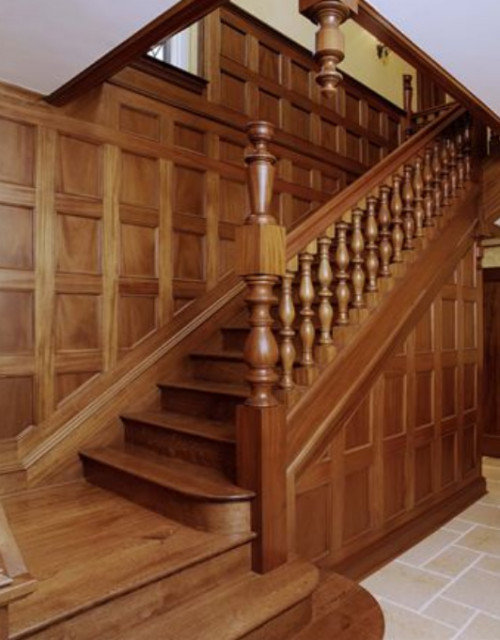

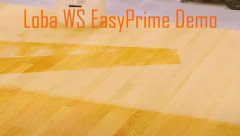
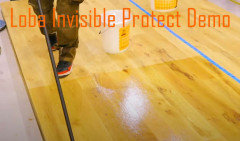
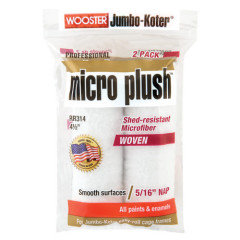
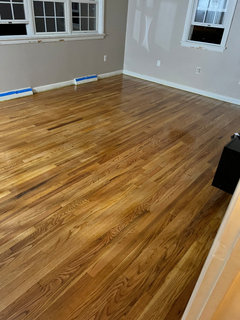
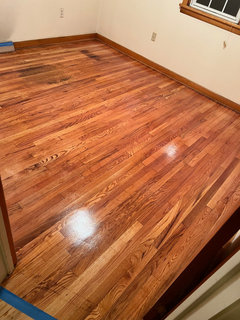


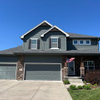
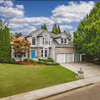
AglitterOriginal Author